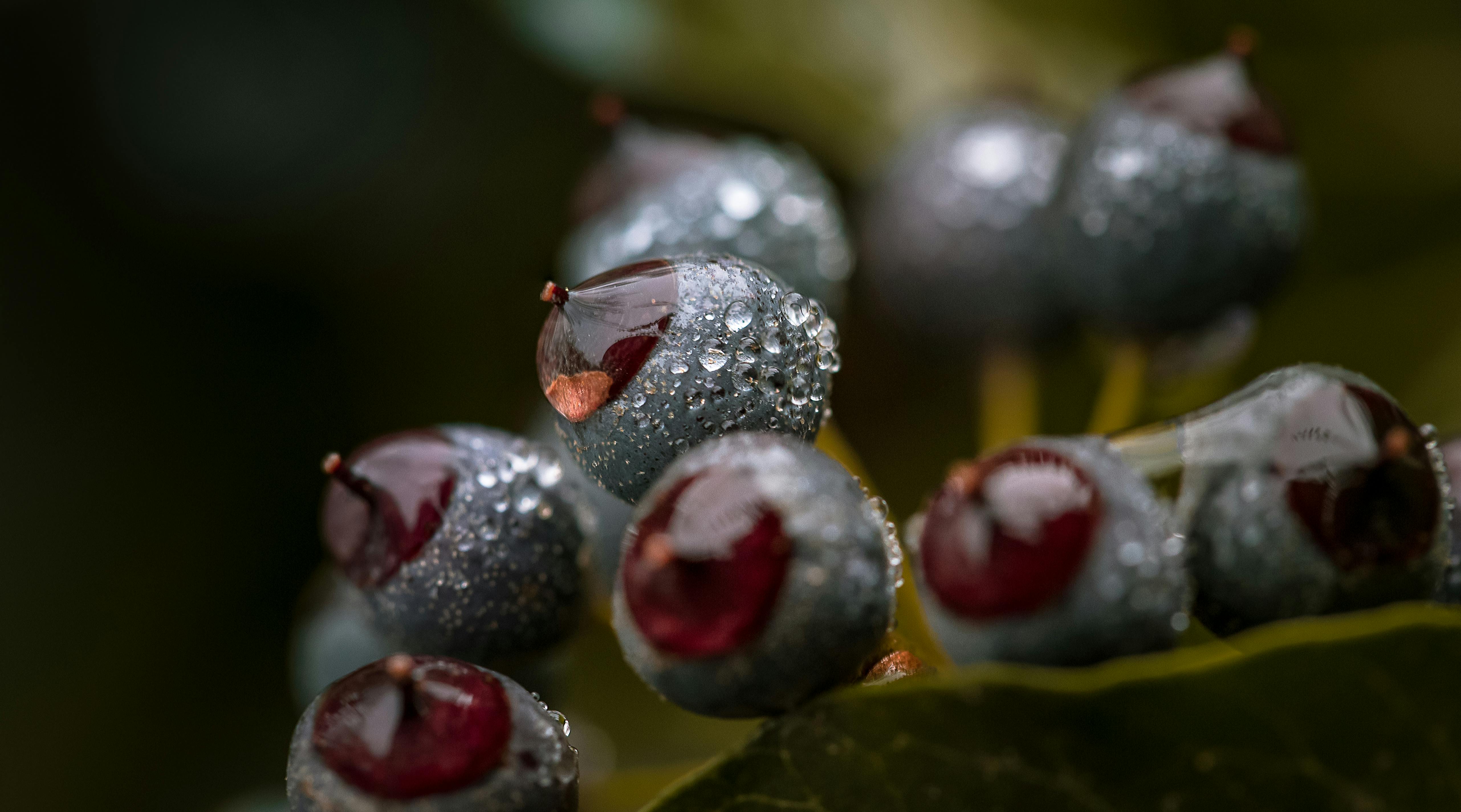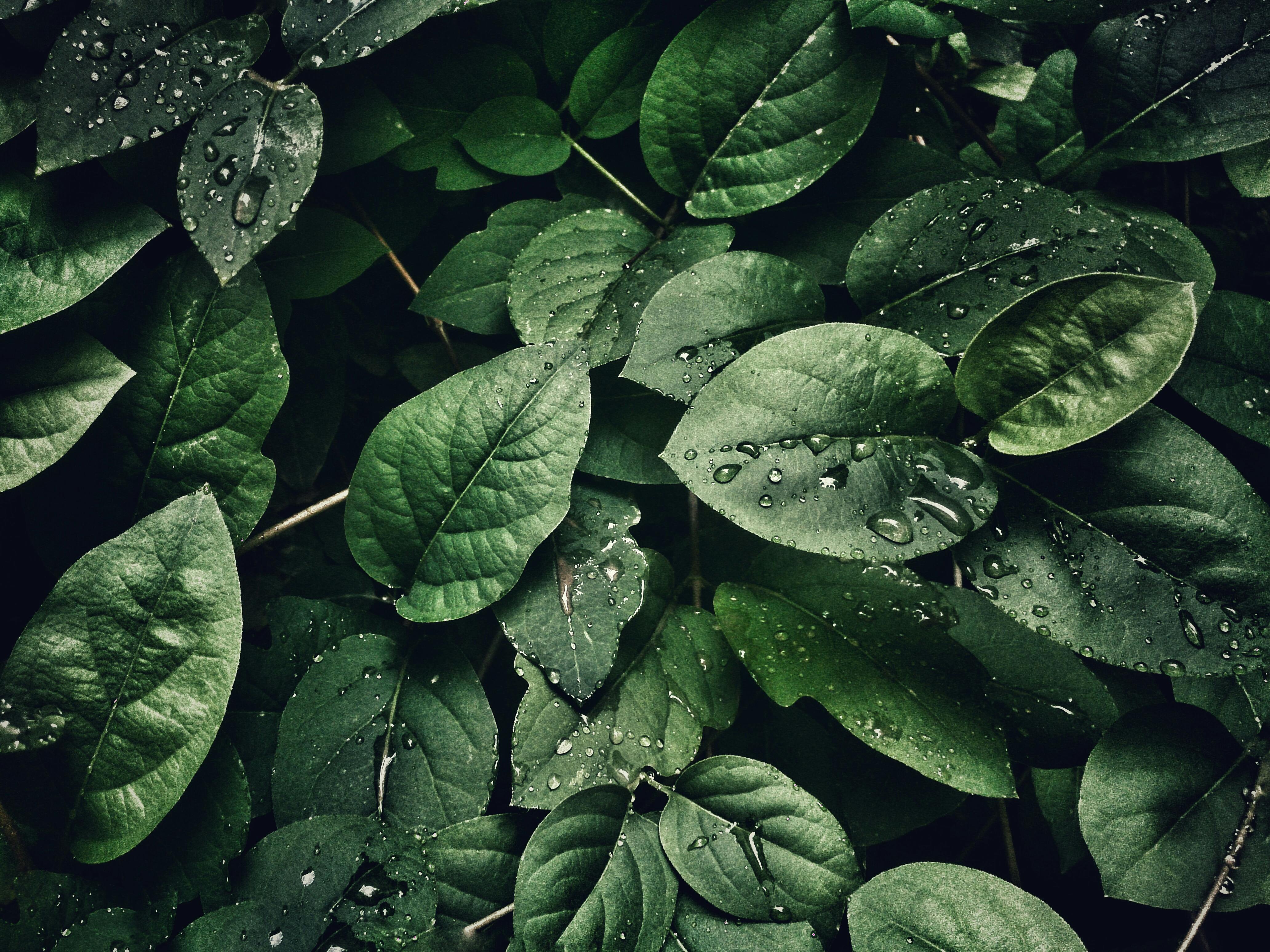Blueberry plants are a wonderful addition to any garden, providing both edible fruit and stunning visual appeal. Knowing how often to water your blueberry plants is an important part of ensuring their health and proper growth. This article will provide you with information on how often you should be watering blueberry plants.Blueberry plants should be watered deeply once a week. Ensure the soil is moist but not saturated. During periods of extreme heat, water more frequently with lighter amounts, about every three or four days.
Watering Requirements for Blueberry Plants
Blueberry plants require regular and consistent watering in order to reach their full potential. While blueberries require a lot of water, it is important to avoid overwatering, as this can lead to root rot and other diseases. The best way to water blueberries is to give them a deep soak about once every week or two, allowing the soil to dry out between waterings. If the soil has not had a chance to dry out between waterings, then the blueberry plants may be at risk for root rot and other diseases. Additionally, when watering your blueberry plants, it is important to use lukewarm water instead of cold water as this can shock the roots of your plants.
It is also important to note that when you are watering your blueberry plants, you should avoid getting the leaves wet if possible. Water droplets on the leaves can create an ideal environment for disease-causing fungi and bacteria to grow, so it is best to avoid getting them wet if possible. The best way to do this is by using a soaker hose or drip system that slowly waters the soil around the plant without getting the leaves wet.
Finally, during summer months when temperatures become hot and dry, you may need to increase your watering frequency in order for your blueberry plants to remain healthy. During these months you should check the soil regularly and if it feels dry give them an extra deep soak. If temperatures remain high and dry over extended periods of time you may needto increase your watering frequency even more in order for your plants to remain healthy.
How Much Water Does a Blueberry Plant Need?
Blueberry plants require regular and consistent watering, particularly when the plants are young and during the fruiting period. As with most plants, blueberries need about an inch of water each week, either from rainfall or irrigation. They prefer evenly moist soil, so it is important to not let the soil dry out completely between waterings. During periods of drought, supplemental water may be necessary to maintain healthy growth and better fruit production. It is best to water in the morning so that the leaves have time to dry before nightfall, as wet leaves can be a breeding ground for fungi and other disease organisms. The amount of water necessary for blueberry plants may vary depending on soil type, temperature, humidity levels, and other environmental factors.
Location
The climate and weather conditions of an area play a major role in determining how often you should water blueberry plants. In areas with hot and dry climates, the plants will need to be watered more often than in areas with cooler and wetter climates. Additionally, the amount of sunlight that the plant receives will also impact how often it needs to be watered. Plants that are shaded from direct sunlight will require less water than those that are in full sun.
Soil Type
The type of soil that the blueberry plants are grown in can also affect how often they need to be watered. Soils with higher clay content tend to hold onto moisture longer than sandy soils, meaning they should be watered less frequently. Additionally, soils that have a high organic matter content will retain moisture better, so they should also be watered less often than other types of soils.
Plant Age
The age of the blueberry plant is another factor to consider when determining how often it needs to be watered. Younger plants require more frequent watering than older plants as their root systems are not as well developed and they are still establishing themselves. Once established, mature blueberry plants typically require less frequent watering.
Weather Conditions
The weather conditions on any given day can also have an impact on how often you should water your blueberry plants. On hot days, when temperatures exceed 90 degrees Fahrenheit (32 degrees Celsius), the plants may require more frequent watering as the soil can dry out quickly in these conditions. On cooler days or during rainy weather, you may not need to water your plants at all as natural rainfall can provide enough moisture for them.
Signs of Overwatering in Blueberries
When blueberries are overwatered, they may show signs of wilting, yellowing or discoloration of the leaves, and stunted growth. Additionally, the plant may be more susceptible to disease or pest damage due to fungi and bacteria that develop in wet soil. The roots of the plant will also become waterlogged and suffocate if left in standing water for too long. If left unchecked, overwatering can eventually lead to death or permanent damage to the blueberry bush.
Signs of Underwatering in Blueberries
Conversely, if blueberries are underwatered, they will display signs of wilting and dryness. The leaves will become discolored and curl up as a result of drought stress. Furthermore, the flowers may drop prematurely and the fruit may fail to develop properly. The plant’s growth rate will slow down significantly as it attempts to conserve energy during periods of drought stress. If left unchecked, underwatering can eventually lead to death or permanent damage to the blueberry bush.

Avoid Common Mistakes When Watering Blueberry Plants
Watering blueberry plants requires a balance between too little and too much. Too little water can cause the berries to dry out, while too much can lead to root rot, fungal diseases, and other problems. To ensure your blueberry plants get the right amount of water, here are some tips for avoiding common mistakes:
The most important thing to remember when watering blueberry plants is to water deeply and slowly. This will help ensure that the water reaches the roots of the plant and encourages deep root growth. Avoid shallow or frequent watering as this can cause shallow rooting, which leads to weakened plants that are more susceptible to damage from heat, wind, and drought.
It is also important to adjust your watering schedule based on weather conditions. During hot or dry periods, it may be necessary to water more frequently. On the other hand, during cooler or wetter periods it may be best to reduce your watering frequency. Be sure to check soil moisture levels before watering so you don’t overwater.
Finally, make sure you use a soaker hose or drip irrigation system when possible. These systems help provide an even distribution of water and reduce runoff and evaporation losses. They also help keep foliage dry which can help reduce disease problems.
Watering Blueberry Plants
Regular and adequate watering is essential to the health of blueberry plants. Blueberries require 1 inch of water per week in order to remain healthy and produce an abundant harvest. It is best to water blueberry plants early in the morning, allowing the soil to dry by late afternoon. This helps prevent diseases such as root rot and encourages deep root growth. Watering should be done slowly, so that the water has time to penetrate the soil evenly. If possible, it is better to use drip irrigation or soaker hoses rather than overhead sprinklers. This will help conserve water and ensure that all parts of the blueberry plant receive an adequate amount of moisture.
It is important not to over-water blueberry plants as this can lead to root rot and other diseases caused by excessive moisture. When watering, it is important to check the soil before adding more water. If the top few inches of soil are moist, then additional water is not necessary. Additionally, mulching around blueberry plants can help retain moisture and reduce weeds that compete for soil nutrients.
Overall, proper watering techniques are essential for maintaining healthy blueberry plants and maximizing fruit production. By following these best practices, gardeners can successfully grow happy and productive blueberry bushes!
Establishing a Good Irrigation System for Blueberries
Blueberries are one of the most popular fruit crops in the United States. They are relatively easy to grow and require very little maintenance. However, they do need adequate irrigation to ensure that they get enough water for optimal growth and yield. Establishing a good irrigation system for blueberries is essential to ensure healthy plants and a high-quality harvest.
The first step in establishing an irrigation system for blueberries is to determine how much water the plants need. Blueberry plants require 1-2 inches of water per week, depending on the climate and soil conditions. In general, sandy soils will require more water than clay or loam soils, so it’s important to assess the soil type before setting up an irrigation system.
The next step is to choose an appropriate irrigation method. Drip irrigation is generally considered the best option for blueberries as it delivers water directly to the roots of the plants with minimal effort or cost. Sprinkler systems can also be used, but they tend to be less efficient and require more maintenance than drip systems.
Once an irrigation system has been chosen, it’s important to ensure that it is properly installed and maintained. All parts of the system should be checked regularly for leaks or blockages, and any areas with poor drainage should be fixed immediately. If possible, an automated watering system should be set up so that the plants are watered at regular intervals without having to manually turn on the system each time.
Finally, it’s important to keep track of how much water each plant receives over time so that any adjustments can be made if necessary. Monitoring moisture levels in the soil can help determine whether or not additional watering is needed in order to maintain optimal growth conditions for blueberries.
Overall, establishing a good irrigation system for blueberries requires careful planning and monitoring in order to ensure healthy plants and a high-quality harvest. With proper installation and maintenance, an effective irrigation system can provide essential nutrients and moisture to blueberry plants throughout their growing season.

Conclusion
Watering your blueberry plants is an essential part of ensuring their health and productivity. The amount of water needed by the plants will depend on the climate in your area, soil type, and other environmental factors. In general, it is best to water blueberry plants deeply two to three times a week during the growing season. During dry spells or periods of extreme heat, they may need to be watered more frequently. In order to determine when your plants need watering, check the moisture levels in the soil and adjust your watering schedule accordingly. With proper care and attention, your blueberries can produce a bountiful harvest for years to come.
By following these guidelines for watering blueberry plants, you will ensure that they remain healthy and productive for many years. With regular watering and proper care, you can enjoy a delicious crop of juicy blueberries every season!



